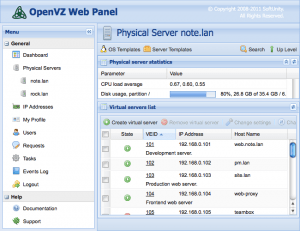Firewall Configuration on a VPS Server
A firewall is a crucial part of any server’s security, including a VPS hosting. Configuring a firewall on your VPS will help protect it from unwanted access and external attacks. This article will guide you through properly setting up a firewall on your VPS.1. Installing and Configuring iptables
The first step is to install the iptables utility, which allows you to configure firewall rules. In most cases, it’s already installed on your VPS, but if not, run the following command:
sudo apt-get install iptables
After installing iptables, you can start configuring firewall rules. For example, to block port 22 (SSH) for all incoming connections, run this command:
sudo iptables -A INPUT -p tcp --dport 22 -j DROP
2. Configuring fail2ban
An additional layer of security for your VPS server is installing and configuring fail2ban. This tool automatically blocks IP addresses exhibiting suspicious activity, such as multiple failed login attempts.
To install fail2ban, run the following command:
sudo apt-get install fail2ban
After installation, you need to configure fail2ban rules according to your security needs and requirements.
3. Checking Firewall Rules
After configuring your firewall rules, it’s recommended to verify their correctness and effectiveness. You can do this using the following command:
sudo iptables -L
This command will display a list of all active firewall rules on your VPS server.
Conclusion
Configuring a firewall on your VPS server is a vital step in ensuring its security. By following the recommendations in this article and configuring your firewall correctly, you can strengthen your server’s protection against potential threats.





